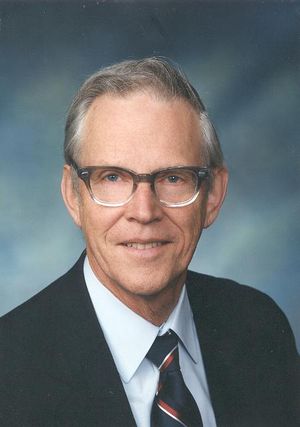William Tinney
Biography
One of the earliest pioneers of digital power flow solutions for the electric power industry, William F. Tinney’s groundbreaking work during the late 1960s while with the Bonneville Power Administration enabled digital computers to solve the power flow problem. The ability to calculate the power flowing on the lines of a large grid given load and generation information is crucial to the planning, design, and reliable operation of the world’s power grids. Even with the advent of digital computers, it wasn’t until Tinney’s breakthrough solutions that computers could provide the analytical tools and services that have enabled the safe expansion of the power grid. Practically every electric power system network computer program developed over the past 40 years is based on his sparse network solution approach. Published in 1967, the sparse matrix technology concept became used worldwide in all power system computer applications requiring solution of power network equations. In 1968, with H.W. Dommel, Tinney introduced the optimal power flow problem and a method for its solution. The paper detailing this revolutionary work that was published in the IEEE Transactions on Power Apparatus and Systems (vol. 87, pp. 1866-1876) was voted the fifth-most important paper in 20th century power system analysis. Soon new power system operations centers were developed that utilized Tinney’s methods for real-time monitoring and analysis of the power grid.
An IEEE Life Fellow, Tinney worked for the Bonneville Power Administration, Portland, Ore., from 1950 to 1979. In 2011 he received the IEEE Medal in Power Engineering "For leadership in the technology upon which the modern computer analysis of electric power system networks is based." He is an independent consultant for vendors of power systems software.
